International
Ukraine insists on the need to be able to launch “systematic” attacks on Russian territory

Ukraine insisted on the need for its allies to allow it to systematically hit military and strategic objectives within the territory of the Russian Federation, after Kiev did not achieve a favorable decision from its partners in this regard at the NATO summit that concluded yesterday in Washington.
“Of course, we are not talking about attacking by attacking in a symbolic, exemplary and isolated way,” presidential advisor Mikhail Podoliak wrote on his social network account X, who usually establishes a position on issues or circumstances in which President Volodymyr Zelenski does not pronounce himself directly.
According to the Ukrainian presidential adviser, Ukraine needs the possibility of “systematic” destroying military infrastructures or related to the Russian war effort.
Among the priority objectives, Podoliak mentioned the air bases in which the Russian strategic aviation is located from which the missiles are launched against Ukrainian territory.
Zelenski’s adviser also cited attacks on Russian military production infrastructures as a priority.
“The right strategy involves weakening the Russian Federation in three ways: increasing the cost of war, destroying logistics and delaying the supply of resources to the battlefield and, in general, reducing the resources available to Russia,” he said.
Ukraine asks its allies to allow it to attack military and strategic objectives throughout Russian territory in order to weaken the Russian war machine and originally neutralize part of the Russian attacks.
In mid-June, Kiev received permission from some of its allies to attack certain targets near the border, but most of the governments of the coalition that supports Ukraine continue to impose strict limitations on it when it comes to using its weapons in enemy territory.
“If we want to win, if we want to prevail, if we want to save our country and defend it, we need to lift them all (the limitations),” Zelenski said at a joint press conference with NATO Secretary General Jens Stoltenberg, held as part of the NATO summit in Washington.
International
Chile enters runoff campaign with Kast leading and Jara seeking a last-minute comeback
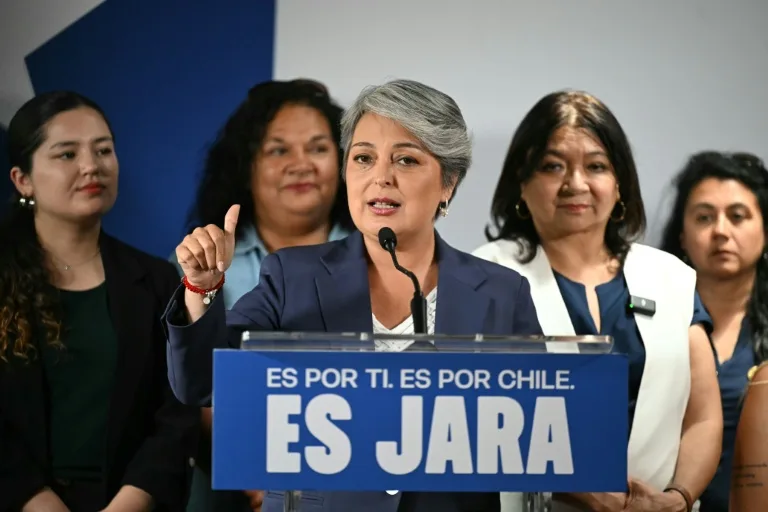
Chile’s presidential runoff campaign for the December 14 election kicked off this Sunday, with far-right candidate José Antonio Kast entering the race as the clear favorite in the polls, while left-wing contender Jeannette Jara faces an uphill scenario, hoping for a comeback that some experts describe as “a miracle.”
The final polls released in Chile—published before the mandatory blackout on survey dissemination—give Kast, an ultraconservative former lawmaker running for president for the third time, a lead of between 12 and 16 points. His opponent, the communist former minister in Gabriel Boric’s current administration, is weighed down not only by the government’s low approval ratings but also by a fragmented electorate.
Although Jeannette Jara received the most votes in the first round with 26.9%, her lack of alliances beyond the left makes it difficult for her to expand her support. Kast, who secured 23.9%, has already brought key figures on board: ultralibertarian Johannes Kaiser (13.9%) and traditional right-wing leader Evelyn Matthei (12.4%), both now backing his candidacy.
Analysts note that although Kast’s support base consolidates more than 50% of the electorate, it does not guarantee an automatic transfer of votes. Populist economist Franco Parisi, who placed third with 19.7%, emerges as the major wildcard. His party, the People’s Party (PDG), is set to decide this Sunday through an internal consultation whether to endorse one of the two finalists.
International
Trump says asylum decision freeze will remain in place “for a long time”

U.S. President Donald Trump warned on Sunday that the suspension of decisions on asylum applications—implemented as part of his order to “halt” immigration from third-world countries following Wednesday’s shooting in Washington—will remain in effect “for a long time.”
The president declined to specify how long the freeze, imposed last Friday by the U.S. Citizenship and Immigration Services (USCIS), would last. The suspension affects individuals waiting for an asylum ruling from that agency, though it does not apply to cases handled by U.S. immigration courts.
The delay is part of a series of measures enacted by the Trump Administration after a shooting on Wednesday in which an Afghan national allegedly opened fire on the National Guard in Washington, D.C., killing one officer and leaving another in critical condition.
Trump has ordered a permanent halt to immigration from 19 countries classified as “third-world.” He also indicated on Sunday that “possibly” more nations could be added to the list.
“These are countries with high crime rates. They are countries that do not function well… that are not known for success, and frankly, we don’t need people from those places coming into our country and telling us what to do,” Trump said, adding: “We don’t want those people.”
USCIS had already announced on Thursday a “rigorous review” of green cards held by migrants from 19 “countries of concern,” including Afghanistan, Cuba, Venezuela, and Haiti.
International
Sri Lanka and Indonesia deploy military as deadly asian floods kill over 1,000
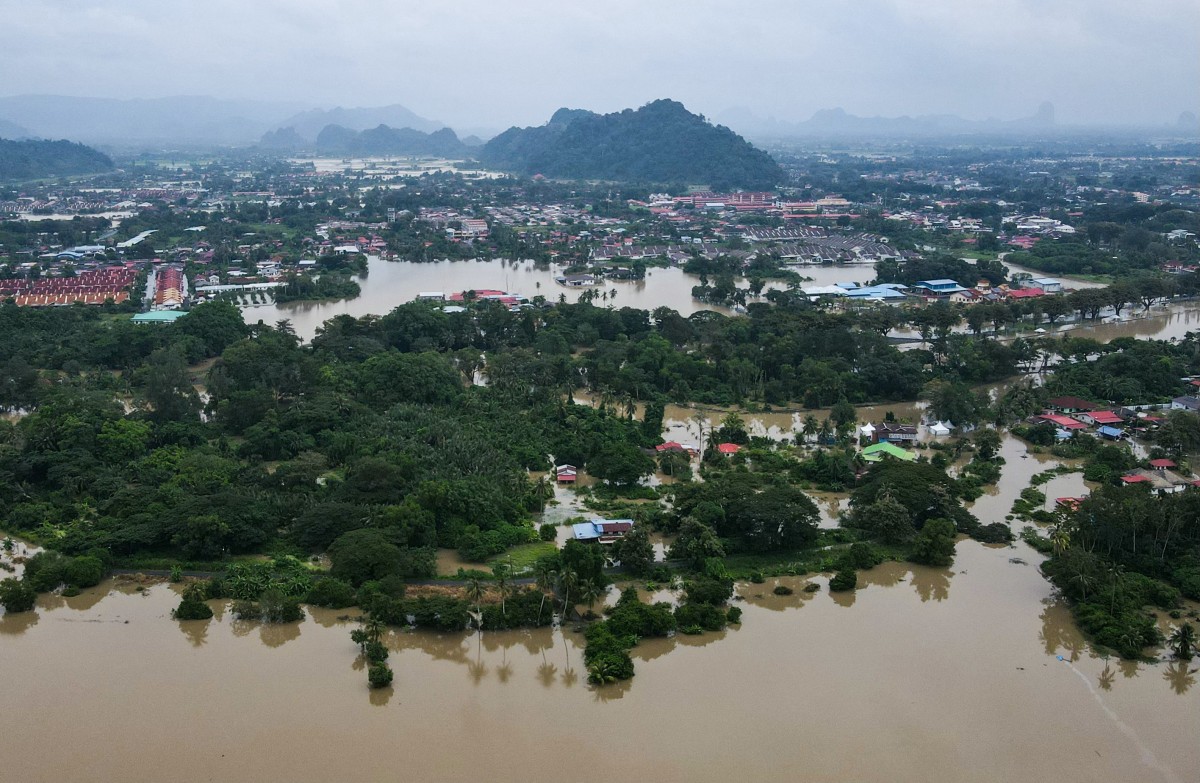
Sri Lanka and Indonesia deployed military personnel on Monday to assist victims of the devastating floods that have killed more than a thousand people across Asia in recent days.
A series of weather events last week triggered prolonged torrential rains across Sri Lanka, parts of Indonesia’s Sumatra island, southern Thailand, and northern Malaysia. Indonesian President Prabowo Subianto said Monday in North Sumatra that “the priority now is to deliver the necessary aid as quickly as possible.”
“There are several isolated villages that, with God’s help, we will be able to reach,” he added. Subianto also stated that the government had deployed helicopters and aircraft to support relief operations.
Floods and landslides have claimed 502 lives in Indonesia, with a similar number still missing.
This marks the highest death toll from a natural disaster in Indonesia since 2018, when an earthquake and subsequent tsunami killed more than 2,000 people.
The government has sent three military ships carrying aid and two hospital vessels to the hardest-hit regions, where many roads remain impassable.
In the village of Sungai Nyalo, located about 100 kilometers from Padang, the capital of West Sumatra, floodwaters had receded by Sunday, leaving homes, vehicles, and crops coated in thick mud.
-
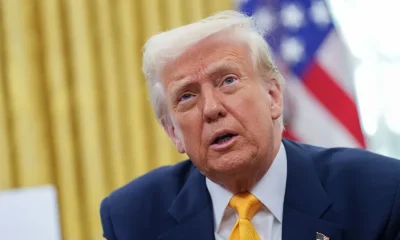
 Central America3 days ago
Central America3 days agoTrump Pardons Former Honduran President Hernández and Warns of Aid Cuts Ahead of Election
-
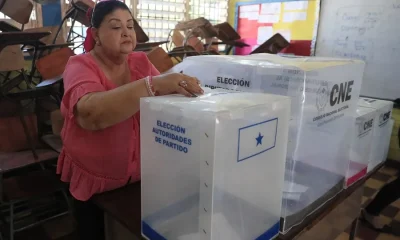
 Central America1 day ago
Central America1 day agoHonduras Extends Voting by One Hour Amid High Turnout, CNE Announces
-

 International17 hours ago
International17 hours agoHong Kong police arrest 13 over deadly high-rise fire that killed 151
-

 Central America2 days ago
Central America2 days agoHonduras’ China–Taiwan Future Hinges on Sunday’s Presidential Election
-

 International3 days ago
International3 days agoMeta Says Russia Seeks to Ban WhatsApp for Defending Secure Communication
-
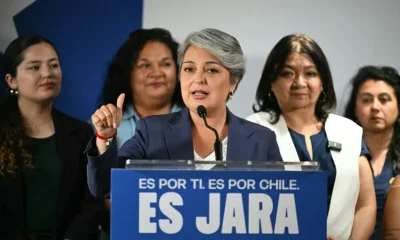
 International17 hours ago
International17 hours agoChile enters runoff campaign with Kast leading and Jara seeking a last-minute comeback
-
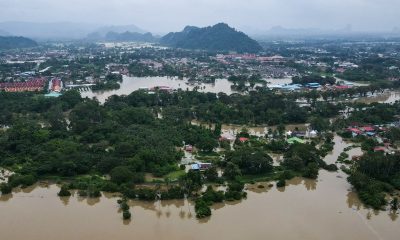
 International17 hours ago
International17 hours agoSri Lanka and Indonesia deploy military as deadly asian floods kill over 1,000
-

 International17 hours ago
International17 hours agoTrump says asylum decision freeze will remain in place “for a long time”






























